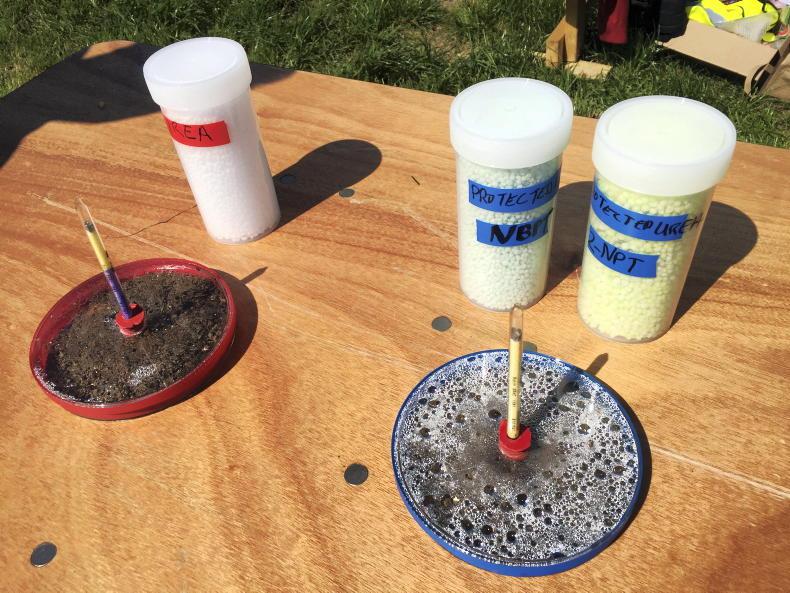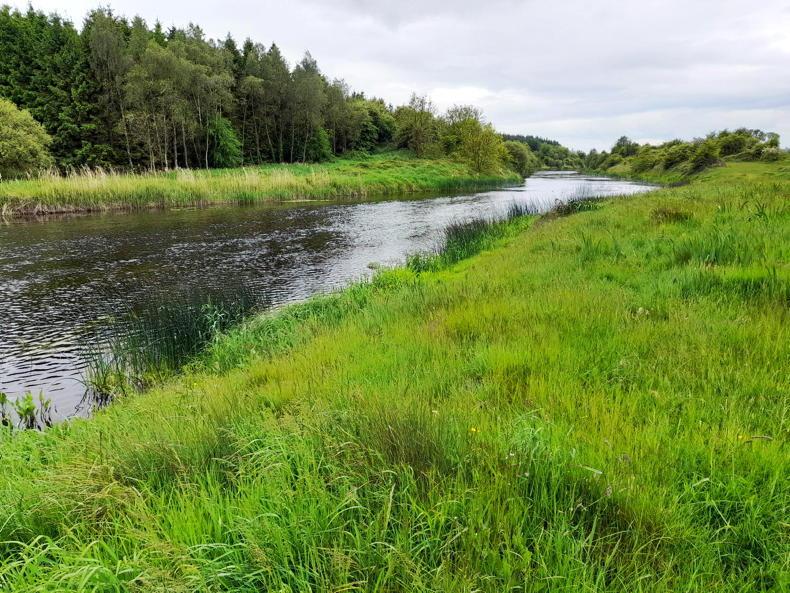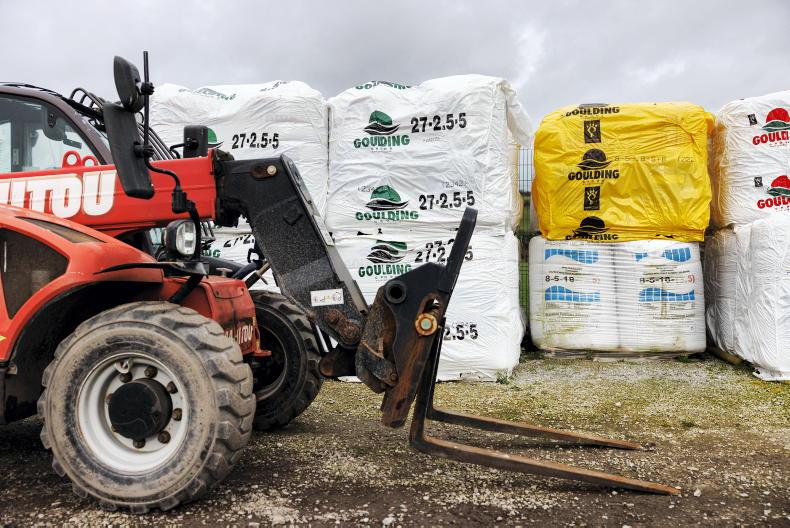The use of protected urea fertiliser can lead to significant reduction in ammonia losses in both grass and tillage cropping when compared to standard urea. It can also lead to an important reduction in nitrous oxide losses in grassland when compared to calcium ammonium nitrate (CAN) fertiliser.
These are key targets in the Government’s Climate Action Plan. Ammonia is a pollutant that contributes to poor air quality, leading to negative effects on human health, while nitrous oxide is a powerful greenhouse gas (GHG), 298 times more potent than carbon dioxide.
Along with the environmental benefit of reducing the amount of nitrogen lost to the atmosphere in the form of ammonia and nitrous oxide, protected urea has a clear financial benefit. This is because more nitrogen stays in the soil available for plant uptake and grass growth, therefore maximising nitrogen use efficiency (NUE).
Teagasc research has shown that protected urea has 71% lower nitrous oxide emissions compared to CAN. Protected urea has comparable ammonia loss to CAN, and ammonia loss with protected urea is reduced by 79% compared to standard urea.
What is protected urea?
Protected urea is urea treated with an active agent called a urease inhibitor. The urease inhibitor can be coated on to the outside of the urea fertiliser granule or incorporated into the urea granule during manufacture.
How does it work?
Urease is an enzyme which controls the conversion of urea to ammonium. It is during this conversion that ammonia gas is lost from untreated urea. A urease inhibitor blocks the active site of the urease enzyme. This moderates the rate at which urea converts to ammonium, therefore ammonia loss is significantly reduced to low levels. Teagasc has conducted research into the different urease inhibitor options, most extensively with NBPT and NBPT+NPPT.
There are a number of options available which are on the market and the following products are recognised as acting effectively as urease inhibitors: NBPT, 2-NPT, NBPT+NPPT.
Can I use protected urea during the summer?
Yes, you can spread protected urea across the growing season when you would otherwise spread either urea or CAN as the main N fertiliser source. This may potentially simplify fertiliser spreading on the farm, with the fertiliser spreader set up for only one straight-N product each year.
Will using protected urea reduce yields?
No, crop and grass yields will not be reduced when using protected urea. Teagasc trials have shown protected urea consistently yields as well as CAN in Irish grasslands, with no difference in annual production. Irish trial results show no significant yield or N recovery difference between CAN and urea protected with NBPT.
However, if conditions remain dry, response to any N fertiliser will be limited. During periods when drought conditions may be limiting grass growth, the demand and uptake of N fertiliser will also be reduced. Therefore, if you are hesitant to spread CAN, you should also be hesitant to spread protected urea. Consider waiting for rain and good growing conditions to return.
Is protected urea cost-effective?
Analysis of costs in March 2020 showed protected urea to be less costly than CAN, while performing just as well in terms of yield and N recovery efficiency. Bear in mind that fertiliser costs fluctuate, but always make cost comparisons on the basis of cost per kilo of N for straight-N products.










SHARING OPTIONS